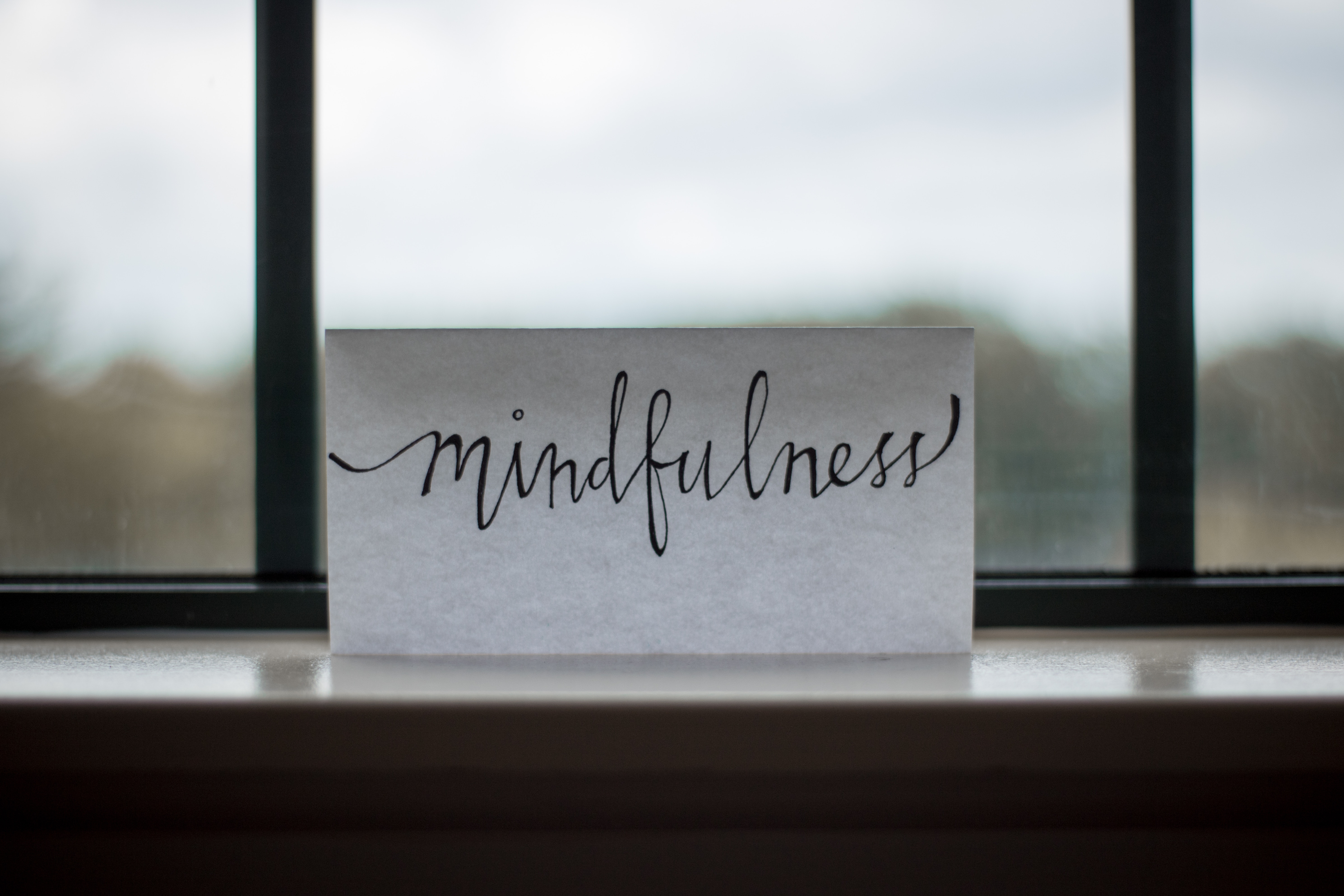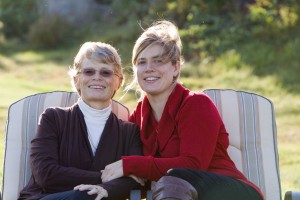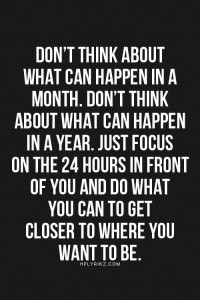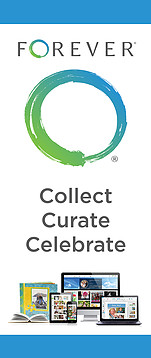So many organizing, de cluttering, self-help gurus tell you to think about what sparks joy for you.
Declutter by getting rid of things that don’t bring you joy…
When overwhelmed by the chaos or demanding schedule – such as it is- of your life, focus only on the things that meet your basic needs or spark joy in your life.
It’s true that by eliminating things that don’t bring you joy, you will make room for more joy… But it is also true that experiencing joy can be a mindset shift.
We can become blind to, or stop noticing the joyful things in our lives. There is a reason the figure of speech “stop and smell the roses” is so poignant. So how do we experience more joy without purging things that once brought us joy but doesn’t right now? Or when we can’t eliminate everything from our busy lives that is not joyful?
Mindful experiences can help. Practising gratitude… Acknowledging joyful things in our lives…
Help to feel the joy we’ve become blind to.
So, what would happen if we left our headphones at home while out walking the dog? What if we made a point of noticing the colours of the newly blossoming cherry trees along the way… rather than the latest news podcast or music blasting in our ear buds?
Gratitude sparks joy
What if we took a few moments everyday to note (in a journal like I am writing this in right now) just 2 small things – one that I am grateful for and one that sparks joy in me?
Here are just a few of the things I’ve made note of recently…
- my dog’s excitement to see me after 5 hours… 5 days… 5 minutes…
- my competent & reliable staff team
- memories of childhood captured in my dad’s photographs
- tasty ice cream treats
- sunshine and sand or dirt beneath my toes
- three day weekends
Practise Gratitude / Finding Joy
Not only does this practise make me more likely to look for the joy and/or things I’m thankful for… but it also creates a stronger authentic connection to myself and the things around me each day.
If you wanted to be more connected to your joy, what joy would you make note of right now?
#sparksjoy #findthejoy #practisegratitude #gratitude #journal #gratitudehournal #joyfulconnections #authenticconnections
—————
Drop me a note in the comments below, or connect with me on Twitter @ceilidhontherun, email me at trish at trishblogs dot com, or use my contact form.
I invite you to follow me using one of the options available on my page (email, rss, Google Connect, like my page on Facebook, etc.)
If you enjoyed this post, please do like/share it.





















